Introduction
Directed by Elliott Lester and written by Chris Kelley and Joe R. Lansdale, The Thicket is incredibly popular. In fact, it is still one of the most popular movies on HBO Max right now, so it makes us question, "Are Western movies back in"?
The Western genre may seem a bit outdated now, in 2025. These classic movies haven't been popular on the big screen for a long time. Compared to Spy or even traditional action movies, which adapted and evolved to the current times, Westerns have been almost completely forgotten and left behind. Modern audiences, for instance, barely recognize Western aesthetics outside Instagram filters.
Now, Elliott Lester, Chris Kelley, and Joe R. Lansdale have invited us to take a trip back to the desert, kidnap young ladies, and embrace the Western aesthetic completely. From the classic structure to the art direction (which, by the way, is impeccable), The Thicket is as serious as it gets when it comes to Westerns.
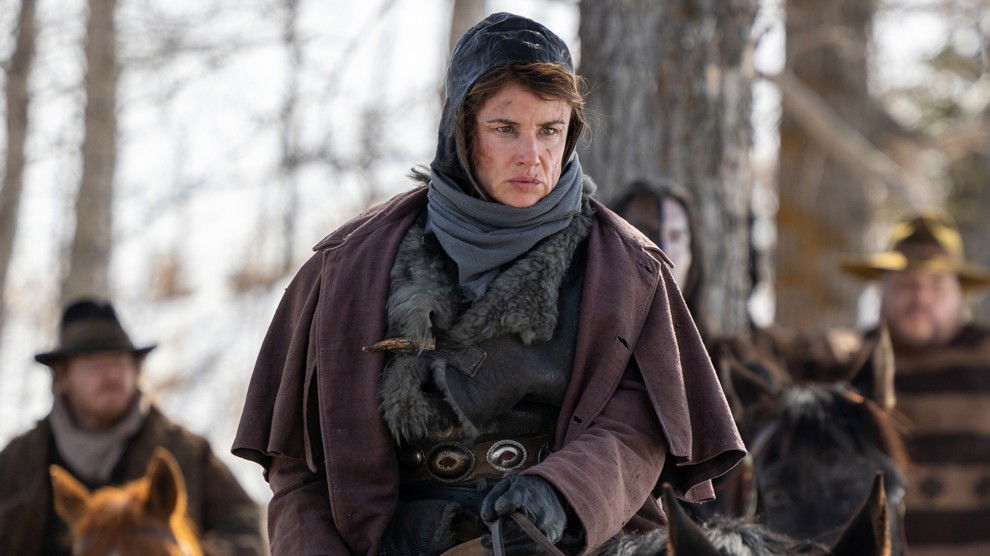
The Plot
The Thicket follows two siblings who have just lost their parents to smallpox. Their estranged grandfather shows up and promises to bring them to live with one of their aunts. Unfortunately, on the way they meet "Cut Throat Bill", played by Juliette Lewis. In the role of this iconic assassin, she kills the grandfather, leaves the brother, Jack, unconscious, and kidnaps the sister, Lula.
The story then follows Jack as he searches for his sister and assembles a party of unlikely partners, each with a personal motive to find Bill. This includes the biggest bounty hunter in town, Reginald Jones, played by Peter Dinklage. Jones was written to stand out among traditional Western heroes, but, as the story progresses, he is marked by the characteristic selflessness of his archetype.
Jack welcomes other characters to his party, but none of them actually matter enough to deserve a mention in this article. Their side plots are so unnecessary as sand is in a desert (or, in this case, as snow is in winter).
The concept of a female villain is somewhat of an interesting idea. However, the whole thing falls apart when the movie goes over her origin story and how she presents socially, that is, how she is read as masculine by the rest of the characters throughout the entire story. She also has no reason to kidnap Lula, which is curious and never fully explained.
The young heroine has no autonomy at all. She is there to be kidnapped and saved. Furthermore, the end of the movie is full of senseless death in a vain attempt to teach us a lesson about "the price of freedom". But, honestly, we spend so little time with the characters that we can't really feel the weight of everything that happens. It's disappointing.
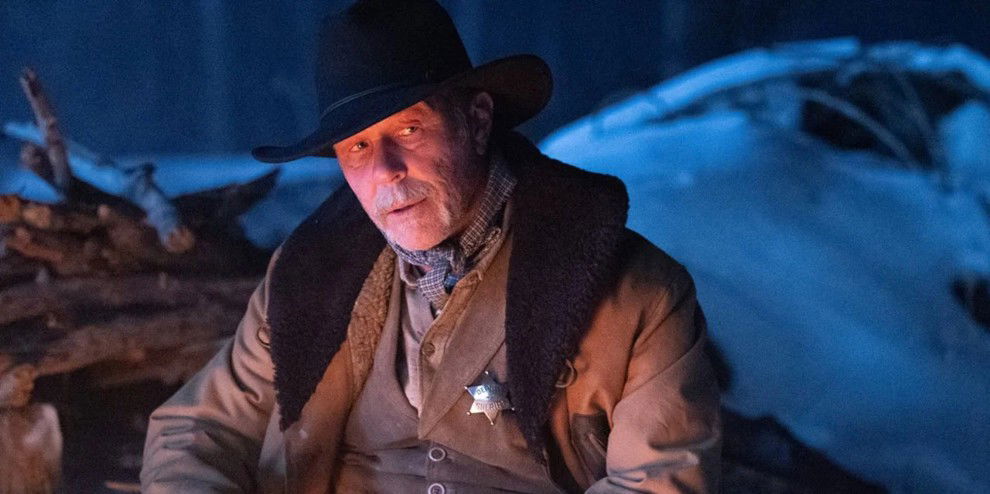
The Western Formula
Western flicks have followed a specific formula since forever. Uncharted territory, heroic figures, the duality between good and evil, damsels in distress, pistol duels, and tragic, incredibly far-fetched deaths, it's all part of the package.
The Thicket got this classic structure quite well and did a fantastic job at translating it into the script. However, the creators unfortunatelly didn't consider how these concepts come from a time in American history when society was imperialistic, patriarchal, and often racist.
This doesn't mean the movie promotes problematic ideals. You can tell the story wants to question some of these norms, but because the team clung so hard to being faithful to this genre, I reckon its inherent misogyny and imperialism surpassed any desire to do something new.
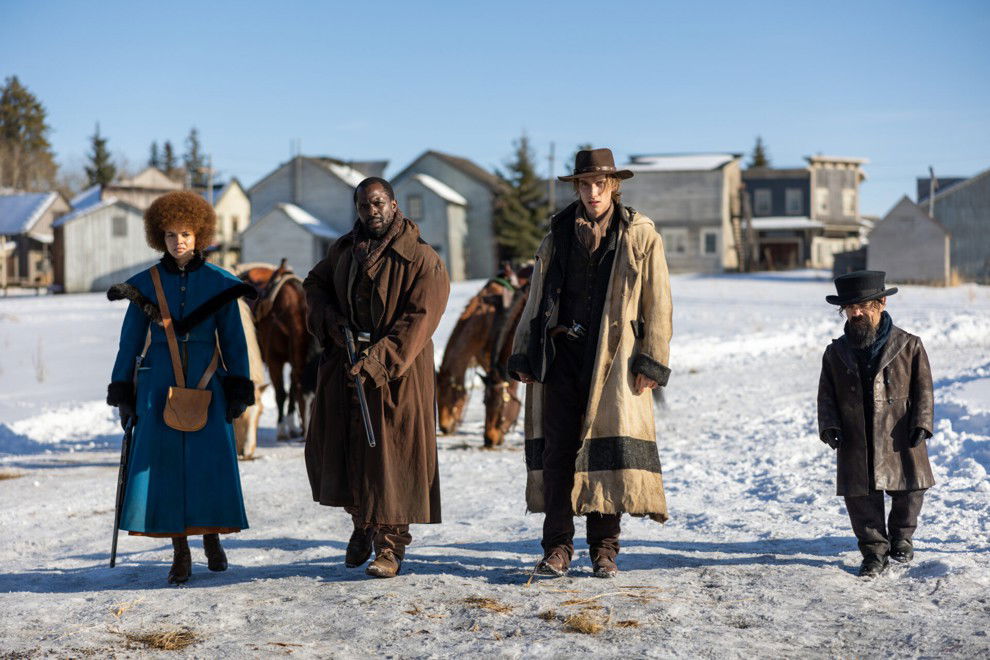
The Weight of Iconography
If there is one thing The Thicket does well, that's iconography. This includes disheveled hats, torn coats, horses traveling through dry paths, and a well-developed setting that perfectly recreates the collective imagery surrounding classic Western movies. The art direction behind this movie is precise, and the wardrobe nearly looks hand-made. It almost sends us back in a suspended bubble of time when the Wild West was still alive, at the bottom of some pop culture desert.
But, when visuals are the most impressive thing about a movie, there's always that annoying question: are the visuals complementing the story or making up for it? In The Thicket, aesthetics overwrite everything else to the point that at times the movie looks like a Western cosplay. It's an impeccable reconstruction of an emotional structure that can't stand up on its own anymore. We see the dust, the guns, the harsh expressions, but we feel very little. It is Western as visual gratification: beautiful on its own, but hardly belivable.
This obsession with Western iconography, without reinventing it or subverting it, makes the movie a walking museum. And museums, as beautiful as they are, only store dead things.
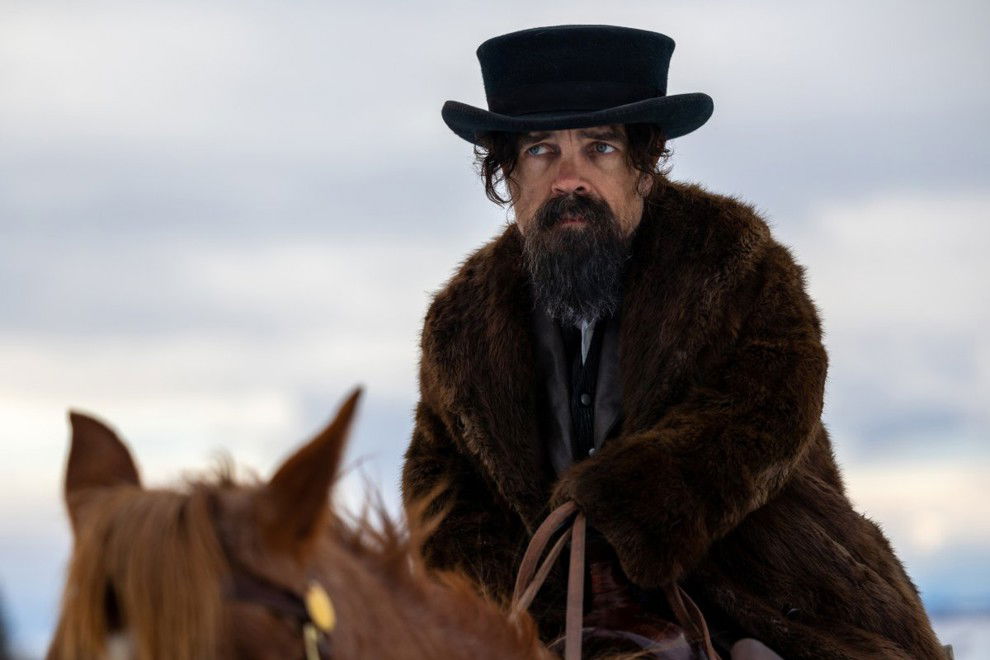
The Death and Rebirth of the Western
In movie theory, genres never die, they only transform, and no other genre has been through as many transformations as the Western genre. Researcher John G. Cawelti, in their book "The Six-Gun Mystique", already suggested traditional Westerns had no way to move forward when the world started rejecting the myths it upholded: the white savior complex, imperialism, and violent masculinity as the standard. What happens after that? The genre doesn't disappear but survives in disguise as a hybrid, under new robes and contemporary dilemmas.
That's how the so-called revisionist westerns, like Unforgiven (1992) or Dead Man (1995), which revisit traditional archetypes through a cynical, disenchanted lens, came to be. More recently, Westerns fused with horror in Bone Tomahawk, with sci-fi in Westworld, with fantasy in The Mandalorian, and even with social issues in The Harder They Fall. The Wild West is no longer the same, and, precisely because of that, when someone tries to bring its purest form back, like in The Thicket, the effort just sounds out of place, like an involuntary pastiche.
Westerns can still be popular. But only if you're brave enough to deconstruct its myths and its heroes and start again through a new lens.
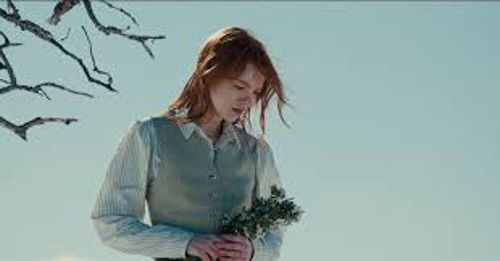
Final Words
Maybe what needs to die isn't the Western genre, but the nostalgia surrounding a time that wasn't really that great. Western had its time to shine and then evolved through time into new things, but it can hardly carry on if it sticks to the old stereotypes, even with new movies.
When a movie brings back or reinvents an entire genre, it is often remembered and celebrated. Unfortunately, The Thicket didn't reinvent Westerns. But it highlights that the genre can't stay the same.
What do you think? Tell us your thoughts in our comment section below.
Thank you for reading, and see you next time!








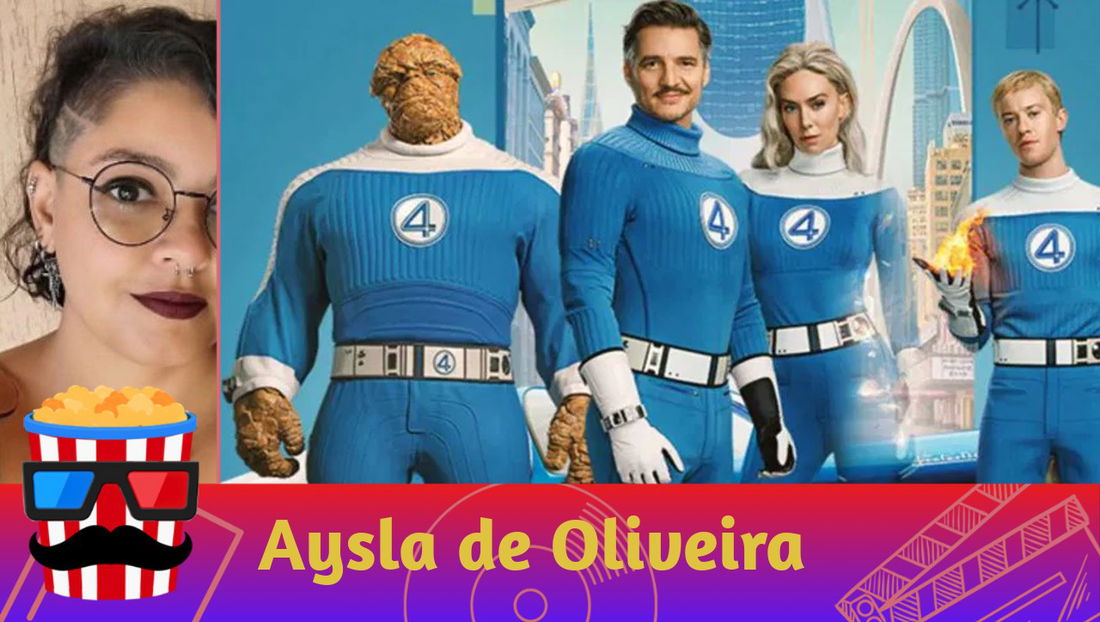



— Comentarios 0
, Reacciones 1
Se el primero en comentar